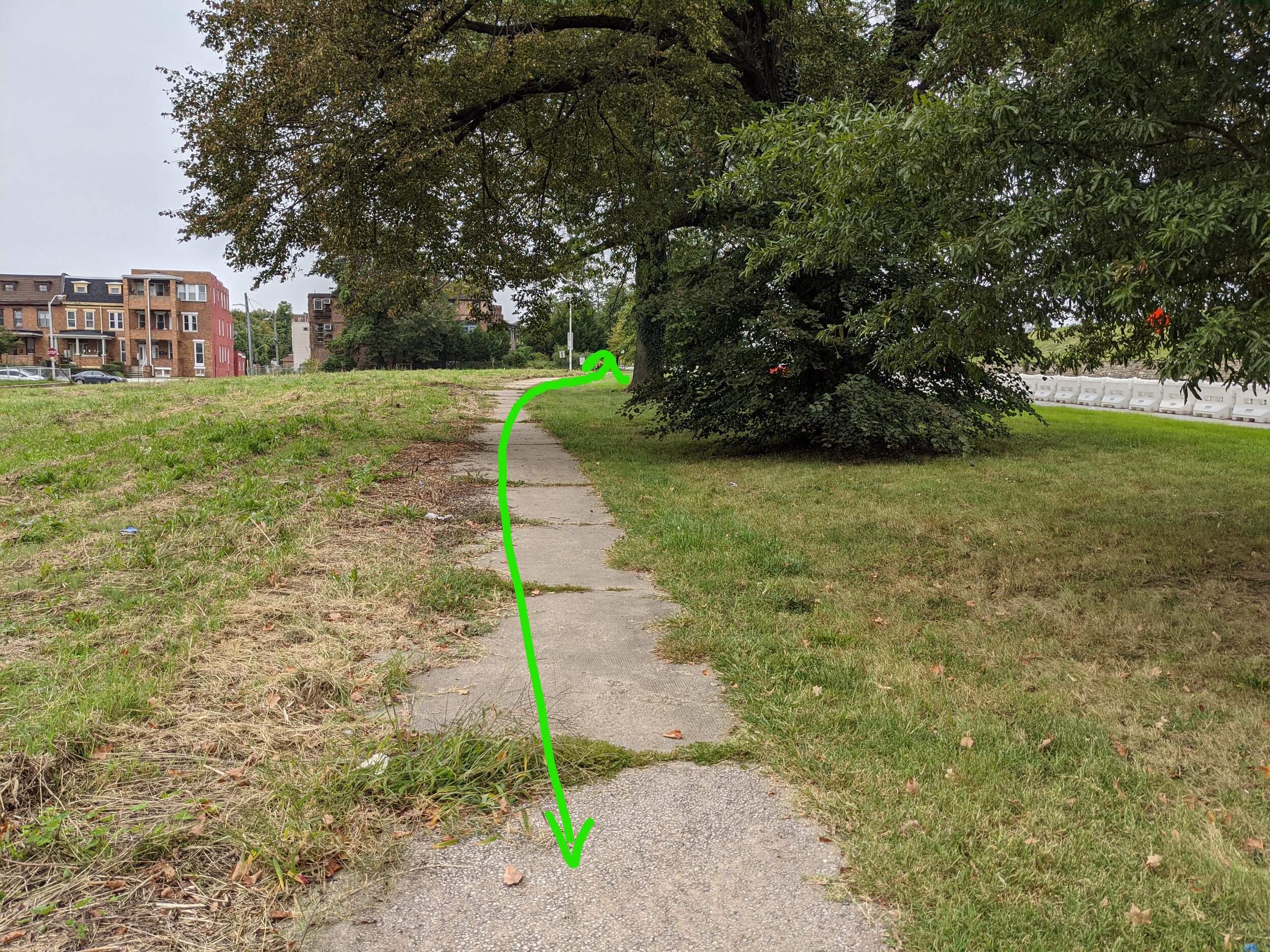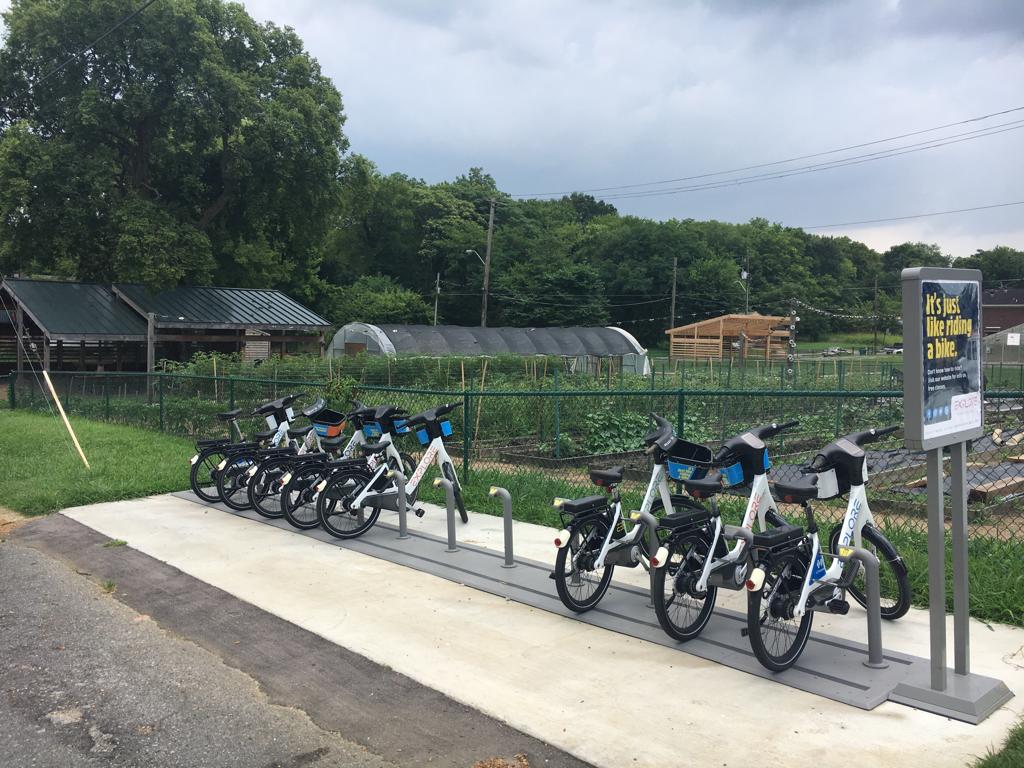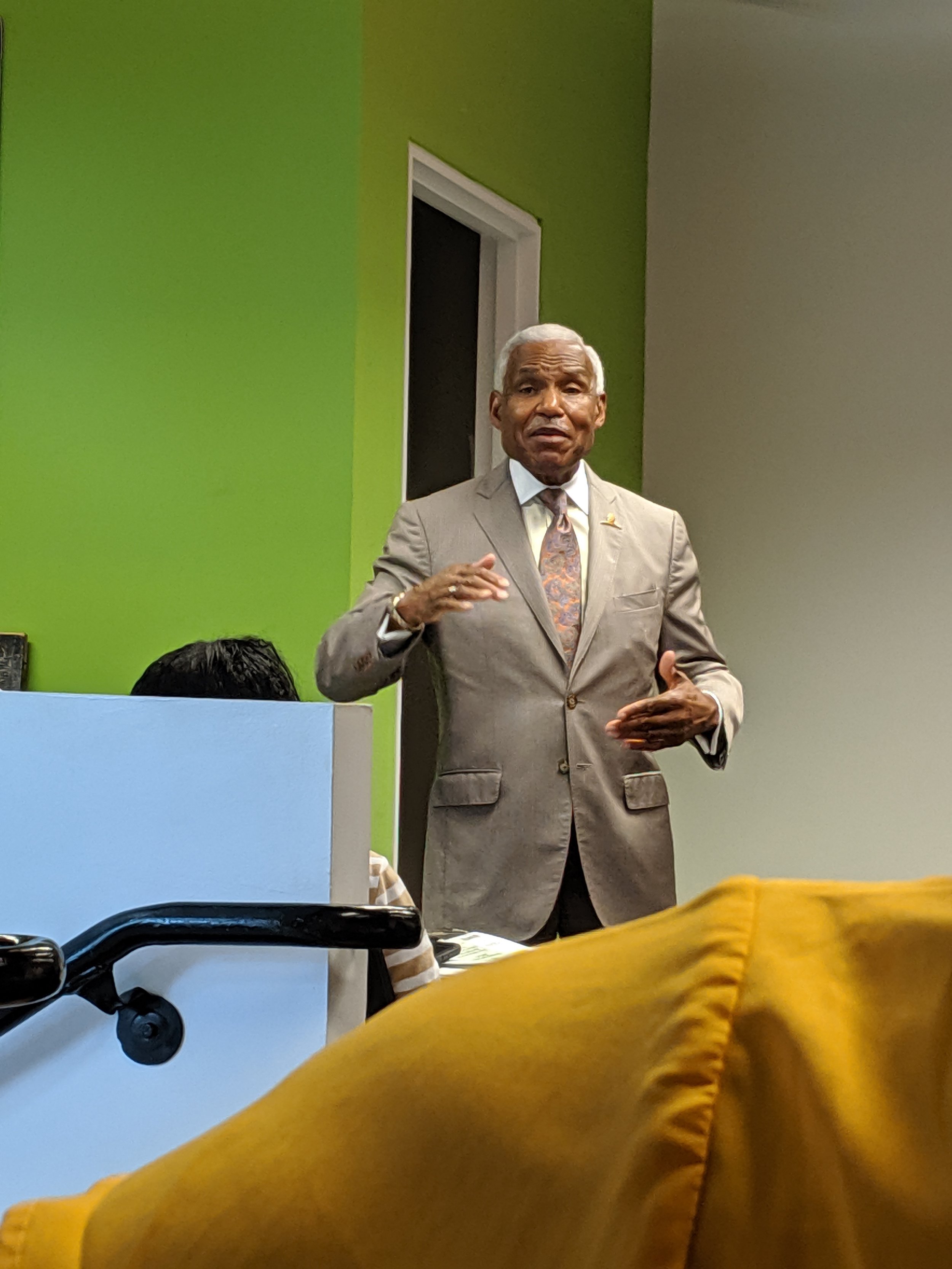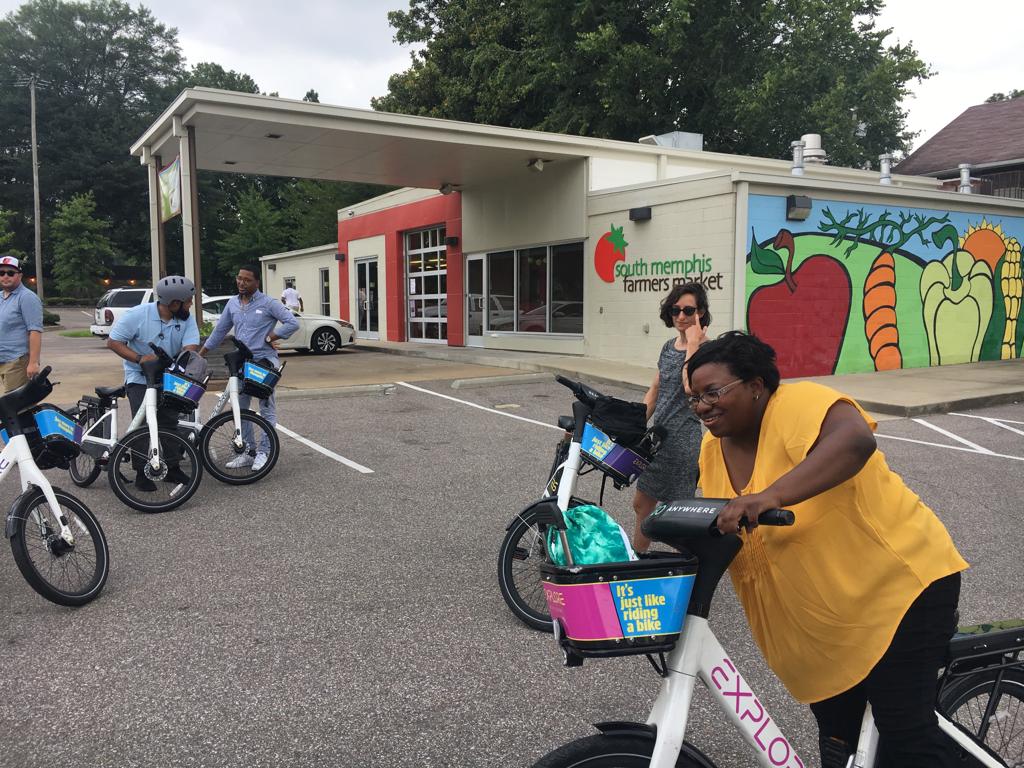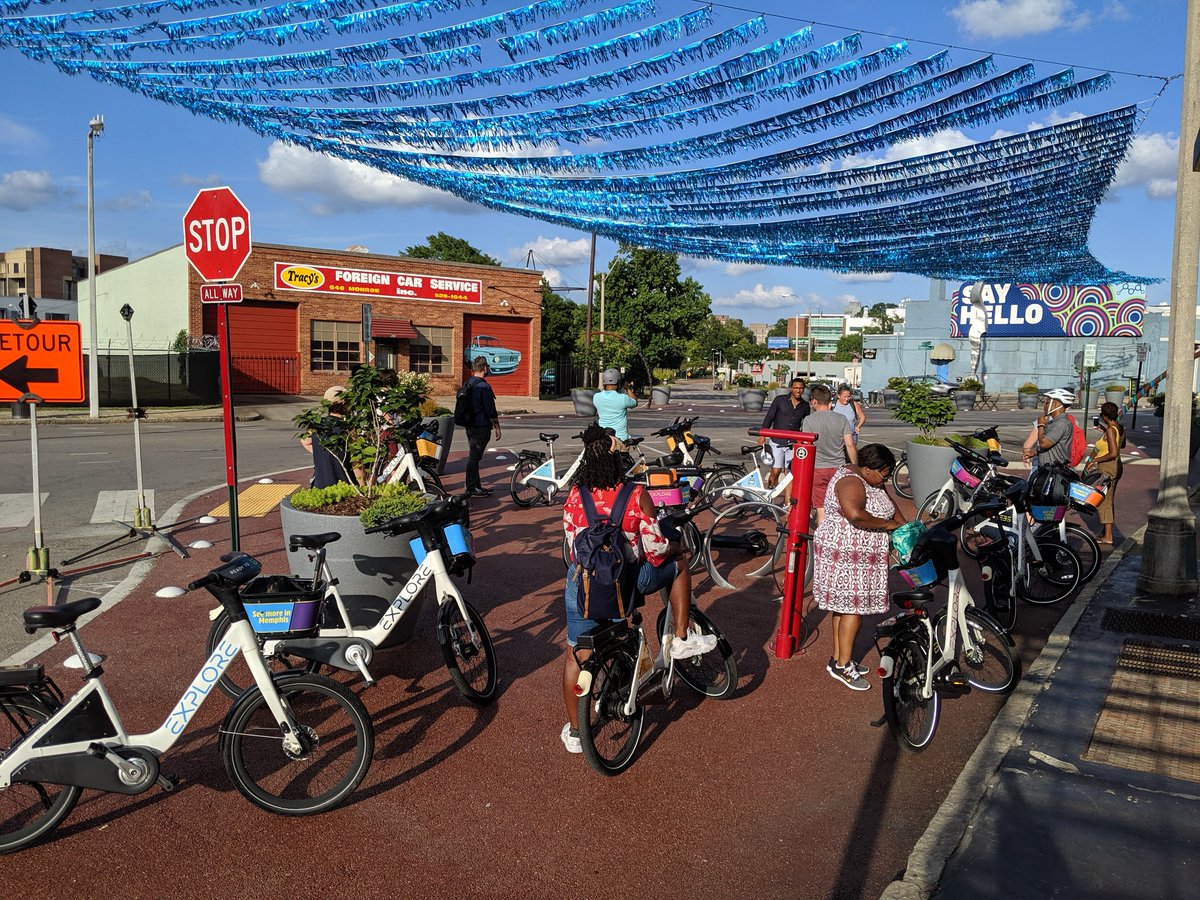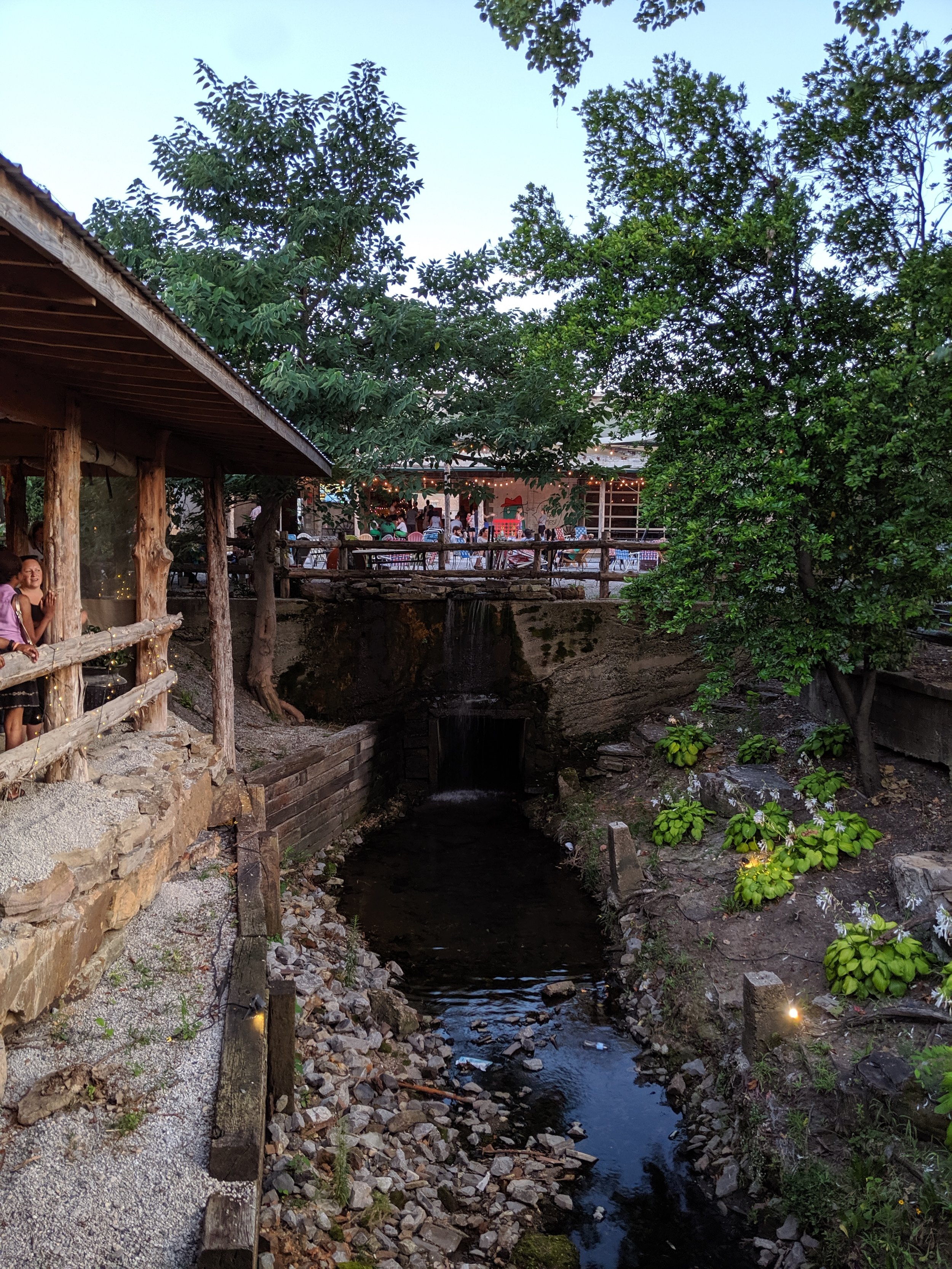The Greater Remington Improvement Association, with a letter of support from Baltimore City Department of Transportation, was awarded a $50,000 Baltimore Regional Neighborhood Initiative grant from the Maryland Department of Housing and Community Development in 2022 to create a road diet on 28th Street, expanding The Big Jump to directly connect to the Maryland Avenue cycletrack.
The grant was specifically written for a design like the one shown in the streetmix above, and included provisions to maintain existing community parklets like the one at 28th and Huntingdon, serving Mount Royal Soaps and Café Los Sueños. The grant timeline included an install schedule of March 2022.
Last night, the 1st of March 2023, Baltimore City Department of Transportation held their first public meeting on the project. While they included the above design as one alternative, they also provided a second alternative that would not comply with the awarded community grant. And, in the first alternative, they claimed it was necessary to remove the community parklet to increase level of service for cars. This would also not comply with the awarded community grant, and is completely inconsistent with Complete Streets.
You can see more information on the BCDOT project page here. Public comment is open until March 20, 2023.
Bikemore endorses Alternative #1, with retention of the existing community parklet and no turn lanes. Send an email to BCDOT:





